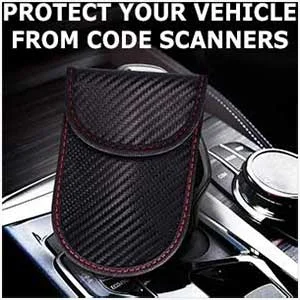You are experiencing several issues combined. The first being when the engine is new, the rings need to seat (wear in) to the cylinder walls for a proper seal. In the old days, the engines came with a "break in" oil that had enough protection for the bearings if driven easy, but allowed enough friction for the initial cross hatch hone to abrade the rings until both resulted with a fine seal between the cylinder wall and piston rings (they may look perfectly round, but are far from it if looked at under a microscope). You then changed oil at say 1000 miles and filled with a good full protection oil.
Now, the consumer does not want to touch the car except drive it and put gas in until a DIC message prompts you to return to the dealer for service. So, most will follow the break in instructions in the owners manual that used to result in a proper ring seat and all was good. So, the premium oils that the engine comes prefilled with (a full syn or syn blend) is far to protective so in that first 4-500 miles if you do not run the car relatively hard, odds are the rings never seat properly and after that 4-500 mile window the cross hatch is no longer abrasive, and a hard glaze has formed on the cylinder walls so you will have excess blow by (combustion pressure entering the crankcase) and on the
intake stroke oil is pulled passed the rings and burned. Then you have todays PCV systems (very critical to long engine life) that allow excess oil vapors/mist to be carried into the
intake air charge and this in turn gums up the ring lands/grooves with a varnish and carbon buildup which then causes the rings to stick in the grooves and making the seal issue even worse. So it is a compounding problem that starts due to the initial break in period (ask any on here that drove it like they stole it when new and odds are they have little to no oil consumption issues). You can try and reverse the deposit issue in the ring groves by installing a proper oil separating catchcan (not one of the useless ones most are) and the deposits may clear to the point of allowing the rings to work free again reducing oil from that issue, but no guarantee's.
Here is a sample message from a owner that did have success, but it all depends on how bad the engine is already. In a worse case scenario a re-ring and new hone will be needed, or if under warranty GM may replace the engine, but until the consumption is 1 qt per 1000 miles, it is officially considered "normal", which we all know this is not. Let me know if you need more details and any help understanding more.:
Hey Tracy, Just wanted to thank you, and everyone at RevXtreme. I bought a catch can from you, for my 2005 CTS. Well since installing it i'm not consuming any oil anymore. I've had a close eye on the oil level since i have installed it and it hasn't used a drop. I don't know how or what that catch can has done to prevent the oil consumption. (I've read your tech tips article and understand the concept of how a catch can work.) I guess i am just baffeled that it something so simple like that could work.
Anyway just wanted to thank you. I was at my last wits end with this car and was about to put it back on the market, after the dealer replaced two motors under warrenty.
I'll be purchasing another catch can from you in the future. I have a 2000 Camaro SS that is getting a turbo as we speak, as a fun project street car.
But thanks again. It was definetly worth the wait.
Gabe Moulden





